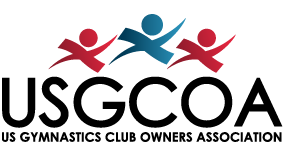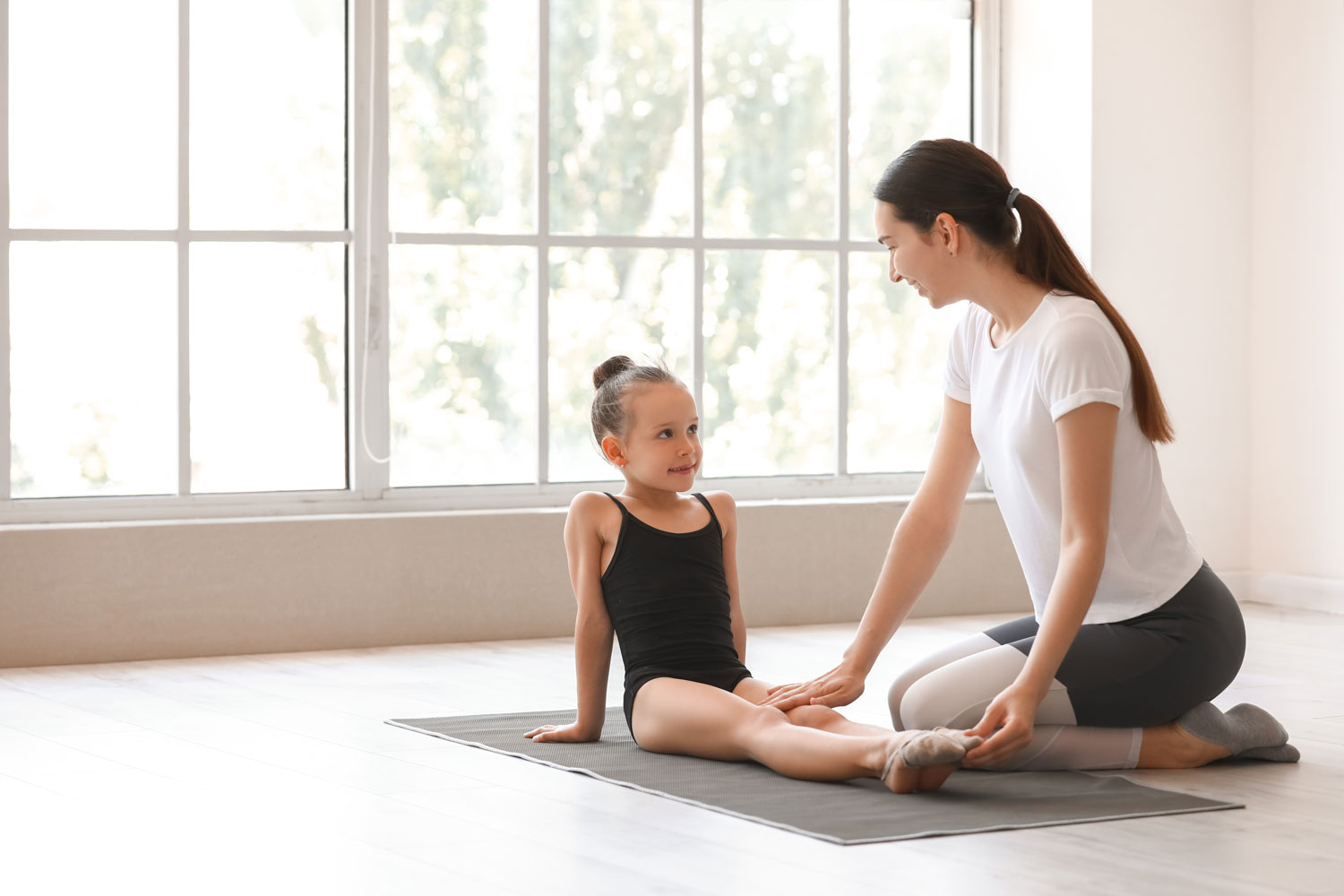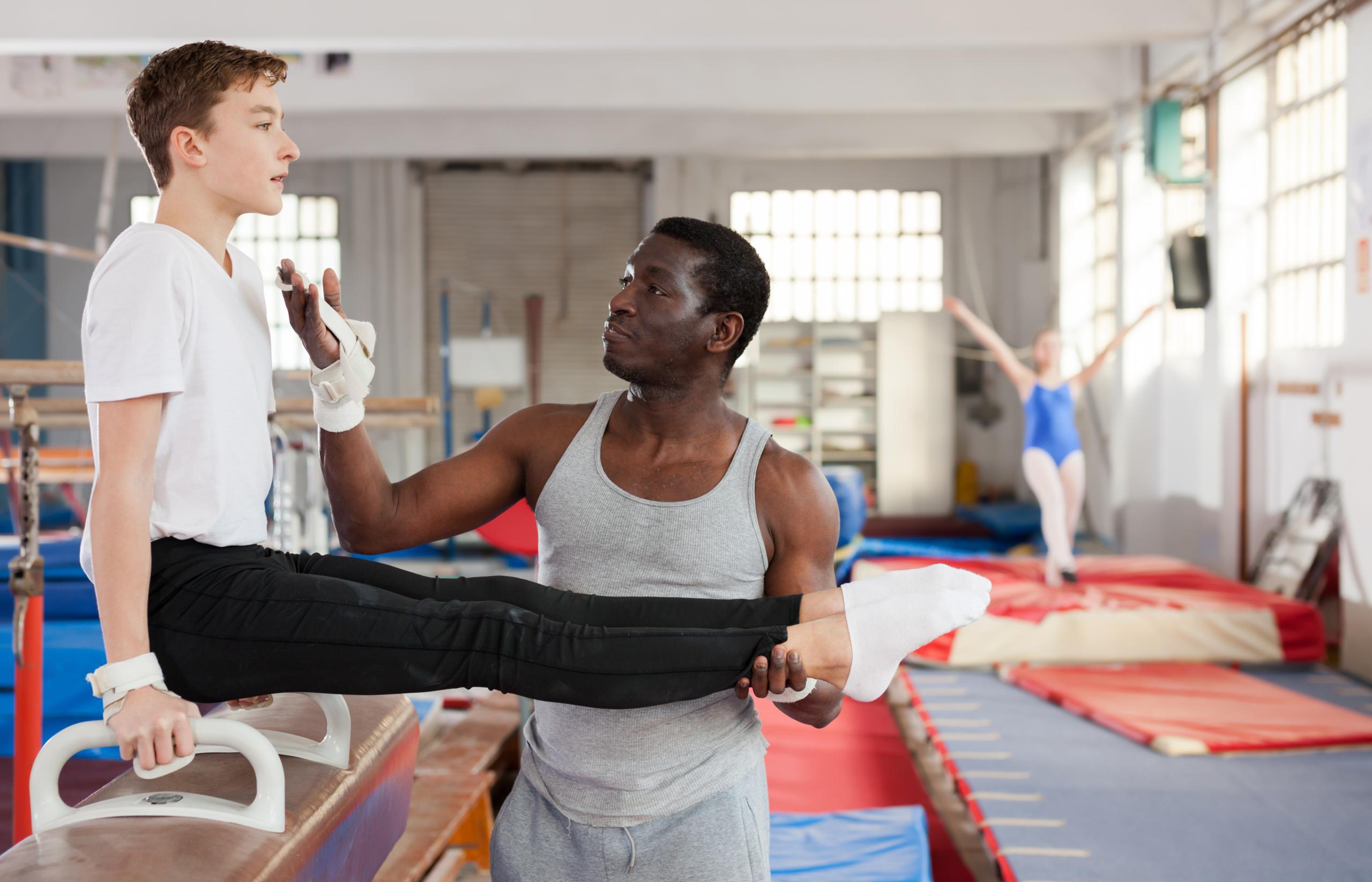Emotion Coaching: Helping Gymnasts Cope with Their Emotions
Emotion coaching is a great way to help gymnasts navigate and express their feelings appropriately. As a gymnastics club owner, you’re probably used to seeing a range of emotions from your young athletes, both good and bad.
While often like a roller coaster ride, it’s important to mentor your coaching staff to on their approach when it comes to the emotions of young children and teens.
Emotion coaching is like a form of art. There’s no way to form a perfect response in every situation. However, by following some guiding principles, you can start mastering the art of emotion coaching to help your gymnasts cope as an athlete and continue those practices into their daily life.
What Is Emotion Coaching?
Based on research from psychologist John Gottman, emotion coaching is a parenting method that uses moments of heightened emotion and the resulting behavior to guide and teach children how to regulate their emotions through empathetic engagement.
The key elements this practice focuses on includes:
- Becoming aware of the emotions a child is experiencing
- Recognizing negative emotions as opportunities to teach regulation
- Describing and labeling emotions with words
- Empathetic listening and validation
- Creating boundaries and practical strategies for triggering situations
While originally donned as a parenting method, emotion coaching can be used to approach young gymnasts’ mental health and behavioral challenges that can affect performance and evolve the lifelong skill of coping with emotions.
Why Gymnasts Need Emotion Coaching:
Children that are emotion coached tend to have fewer emotional and behavioral problems.
Kids are a continuous work in progress and are still developing. Having little life experience, they must learn and practice regulating their feelings and intentions.
Emotion coaching allows your gymnastic coaches to take the time to feel from a child’s perspective and learn how to improve upon common patterns.
Creating opportunities for your athletes to understand and regulate emotions set’s them up for success in the real world. Learning ways to navigate feelings like excitement, sadness, determination, frustration, or even the grief of losing, are all emotions that tell us to pay attention to what is going on internally and externally in gymnasts.
Emotion Coaching On and Off the Mat:
When mentoring your coaches about methods to handle young gymnasts, use the following suggestions about how they can go about their coaching methods:
1. Progress – Not Perfection:
Young athletes often put too much pressure on themselves, leading to perfectionism. While this can be a positive quality, it can also drive the constant fear of failure and create negative, angry, and self-critical patterns when mistakes happen.
Rather than pushing for your gymnasts to be perfect, teach them it’s about growing and making mistakes. Otherwise, they wouldn’t learn new skills needed to improve their journey as an athlete.
When a gymnast presents a perfectionist personality, you can start out by finding out the WHY. Start by asking questions about the situation and the emotions they are feeling.
For example, if your gymnast says, “I shouldn’t have made that mistake,” ask them why they are thinking that way and have them describe the feeling. The answer may vary, but if you can understand the root cause of why they are feeling this way, you can put a name to the emotion and navigate constructive behaviors to improve upon creating a positive emotion.
2. Create Realistic Routines:
When gymnasts lose their cool or focus, encourage them to repeat certain routines and exercises at every competition and practice. Doing an exercise they enjoy and can easily execute can help build confidence and focus levels. Praise what they do correctly and build upon that exercise to increase their skills.
3. Focus On The Present:
Anytime a strong emotion happens with athletes, it is often associated with a triggering situation or event. Teaching your gymnast to become self-aware and focus on what can be controlled in the situation can help prevent a spiral. Try to help them focus on the routine, the specific jump, or the twist, not on what will happen after their routine.
Useful tools to focus on the present can include breathing exercises, mindful body scans, positive affirmations, journaling, and visualization.
4. Be Flexible:
One of the things that successful athletes have a good handle on is finding a balance between the positive and the negative when it comes to emotion. Sometimes too much positivity can lead to getting ahead of themselves, therefore leading to a possible decline. Too much negativity can get athletes stuck in a rut.
Help your gymnasts find the sweet spot of neutrality. For example, if one of your gymnasts says, “I’m never going to be able to tumble!” reframe it in a more neutral response like “It could be that I’ll never learn how to tumble, but then again, with practice, I could get it eventually.”
Neutrality leads to consistency, and becoming a master at regulating emotions will be ongoing, so ensure your gymnasts that not all of their problems or negativity will be solved immediately; it takes practice and patience.
5. Approach with Calm, Realistic Expectations, and Empathy:
A negative emotion, especially anger, is often shaped by the environment, including peer pressure, a potential threat, or something that seems scary overall.
Provide calm, simple directions so they can switch gears and encourage a problem-solving approach by asking, “Can you think of a better way?”.
Children and teens don’t know how to properly guide their emotions, so take this opportunity to talk and focus on the positives.
Emotional Regulation Strategy Resources:
Emotion coaching is a great way to empower your young gymnasts, as well as your staff, to express their emotions in ways that are positive and can even have a positive impact on training. Understanding the appropriate ways of dealing with different emotions will also help coaches and gymnasts be more aware of the stressors they face on and off the mat.
Managing a class full of young children or teens can be challenging, but these resources can help you assist gymnasts when learning to manage emotions.
- https://www.apadivisions.org/division-47/publications/sportpsych-works/emotion-management.pdf
- https://www.yourlifeyourvoice.org/JournalPages/SafetyPlan_v5.pdf
- https://positivepsychology.com/emotion-regulation-worksheets-strategies-dbt-skills/
- https://www.therapistaid.com/worksheets/dbt-emotion-regulation-skills
- https://in.nau.edu/wp-content/uploads/sites/202/Check-the-Facts.pdf
Emotion coaching is one of many tools that can support your coaches in navigating the heightened emotions we’re seeing in our athletes post-pandemic. For more tips, tools, and resources – become a member to get access to the USGCOA Newsletter today!




